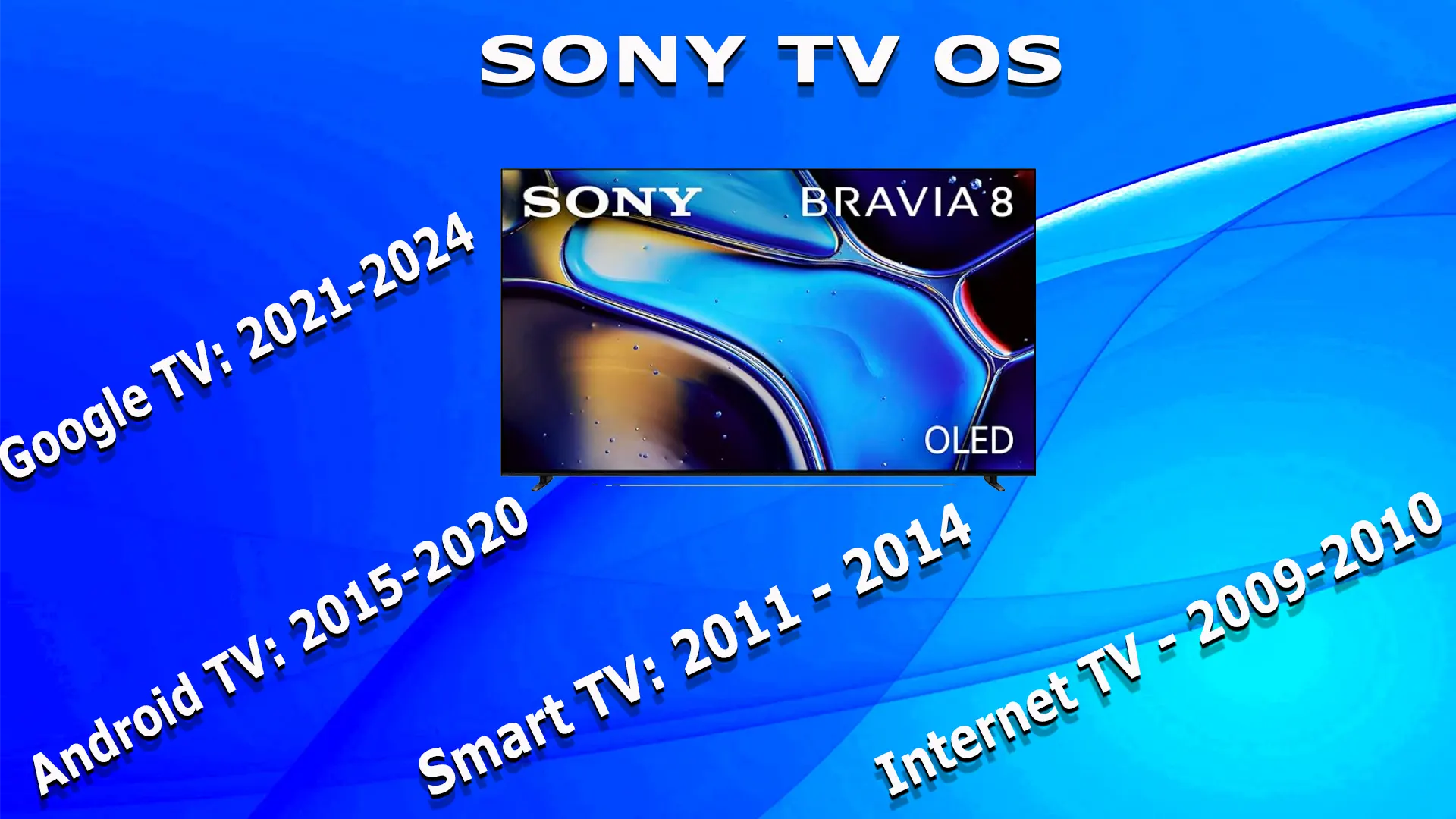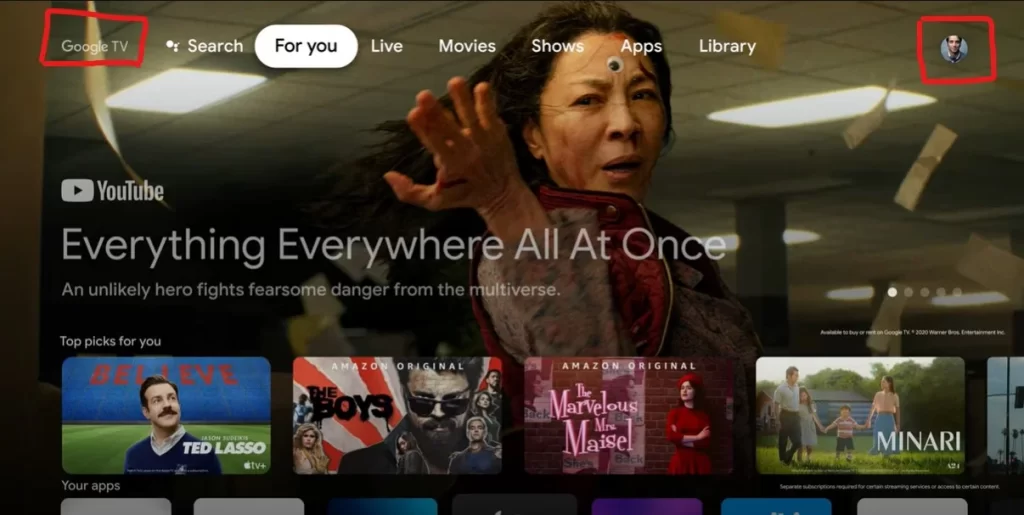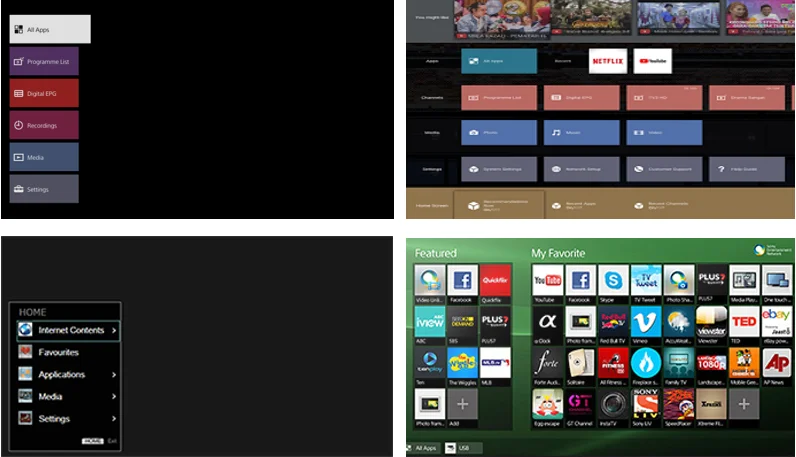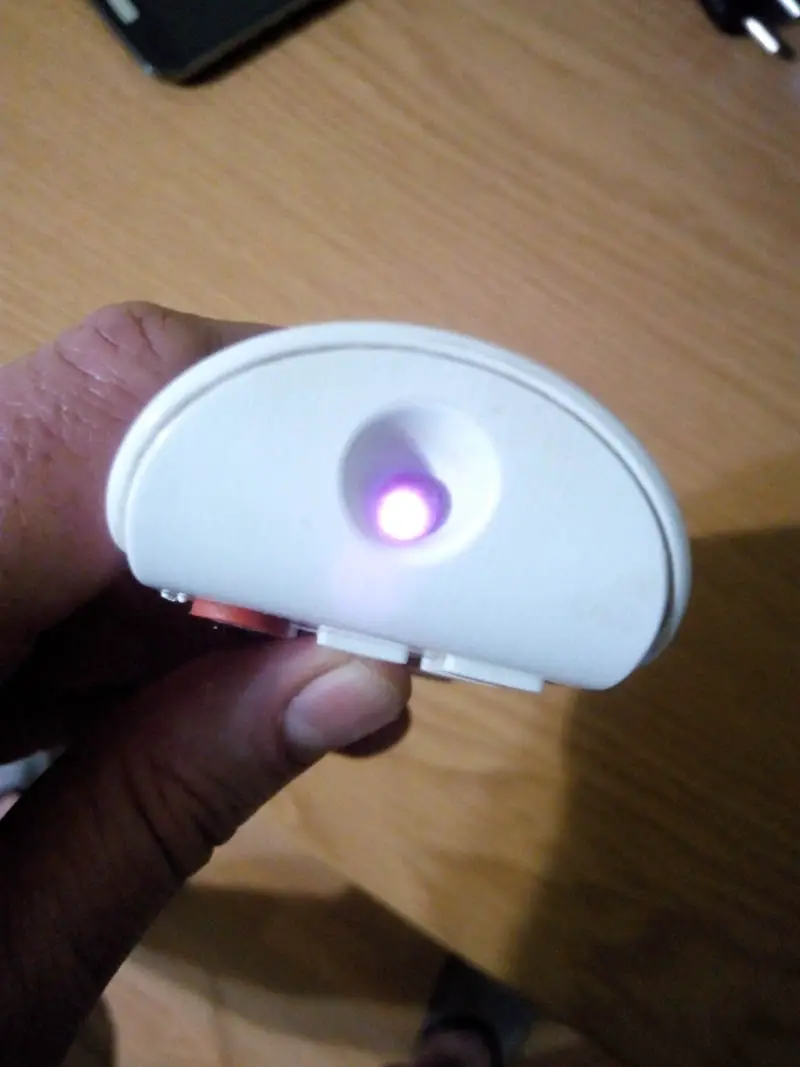Many people recall the era of CRT and early LCD TVs, which lacked operating systems and had minimal functionality, primarily limited to displaying TV broadcasts and videos from VCRs and, later, DVD players. These televisions were simple devices without software or processors. Then came the advent of Smart TVs. As a result, all major TV manufacturers began developing software for their televisions, eventually converging towards around ten different operating systems, some tailored for specific services like Roku or Fire TV. Let’s explore the evolution of Sony’s TV operating systems over time.
List of Sony TV operating systems – 2009-2024.
Sony has used four operating systems for its smart TVs over the life of its smart TVs. These are the operating systems used in the TVs.
Google TV – 2021-2024
Android TV – 2015-2020
Smart TV – 2011 – 2014
Internet TV – 2009-2010
I’ll tell you about Sony TV operating systems.
TV Sony with OS Google TV 2021-2024.
In 2021, Sony switched from Android to Google TV as its operating system for TVs. While Google TV is still based on Android, it features an updated interface designed specifically for TVs. Among the features of Google TV are simplified user authentication and the ability to automatically transfer settings and installed apps between TVs with Google TV, regardless of brand.
The Google TV OS is easily identifiable by its design: the top left corner displays “Google TV,” and the top right corner shows a picture from your Google account (if you’ve uploaded one). If not, a circle with the first letter of your name appears.
You can also determine the model year of a Sony TV by its model number and the corresponding year identifier letter:
- J (e.g., 65A80J) – 2021
- K (e.g., 65A80K) – 2022
- L (e.g., 65A85L) – 2023
- K-65XR90 is the new format for 2024.
Sony TV OS Android TV 2015-2020
By 2015, Sony encountered significant challenges due to the dramatic rise in interest in streaming movies and the launch of hundreds of streaming services. The company found it difficult to independently develop applications for these services. To address this, Sony decided in 2015 to adopt the Android operating system for their TVs. The Android OS has quickly gained popularity also among OEMs due to its versatility and availability of ready-made applications in the Google Play Store.
Sony TVs have been running the Android TV operating system since 2015. This is a pretty popular OS that has already had a dozen versions from Android TV 5.0 to Android TV 14.0. Before switching to Google TV, the last version of Android used on Sony TVs was Android 10.
Sony TV models running Android TV from 2015 to 2020 can be identified by their model numbers:
- 2015: C (XC800, X800C)
- 2016: D (XD800, X800D)
- 2017: E (XE800, X800E)
- 2018: F (XF800, X800F)
- 2019: G (XG800, X800G)
- 2020: H (XH800, X800H)
You can also visually determine if your TV is running Android. Some TV models display “Android” during startup. If it doesn’t, you can identify this from the home screen. On Sony TVs with Android, the settings cog and clock are located in the top right corner. Additionally, you can find the Android version in the TV settings under the “About TV” section.
Sony TV OS Smart TV 2011-2014
The full-scale launch of smart TV sales began in 2011. By that time, Sony had finalized its software based on the Linux operating system. Due to the lack of a unified OS development policy, four different OS versions emerged during this period, each with significant differences stemming from the development and debugging of Sony’s proprietary OS. At that time, all major TV manufacturers were developing their own operating systems, vying for a share of the rapidly growing market.
Sony’s OS cannot be attributed to a single year; the choice of OS varied by region, largely depending on the supported applications in each area. By 2015, it became evident that maintaining a proprietary OS for a relatively small number of TVs worldwide was not profitable. Work on Sony’s own OS was halted in 2013, but TVs on Sony’s Smart TV platform continued to be produced until 2015. In 2014, all efforts of Sony’s OS development division were redirected towards adapting the Android OS for Sony TVs, a move that proved successful, given Sony TVs’ reputation for high-quality picture performance.
Additionally, some Sony TV models were produced with Google TV, the predecessor of Android TV. However, the first Google TV project was discontinued in 2014.
Here is an example of Sony TV models that ran on the Smart TV OS and Google TV:
- 2011: 2 (EX820, HX820)
- 2012: 5 (EX850, HX850)
- 2013: A (XA800, X800A)
- 2014: B (XB800, X800B)
In the photo below, you can see what the home screen of a Sony TV looked like during those years. These TVs are now considered obsolete; they no longer receive software updates, and streaming services no longer function on these devices.
Sony TV, Internet TV 2009-2010
By 2009, changes had taken place and it became apparent that TVs needed Internet access. That same year, Sony introduced Linux-based TVs with a built-in browser, although they were awkward to use and received limited distribution. These TVs also introduced YouTube, allowing users to watch videos online. However, these early models did not have full-fledged operating systems, Internet access applications could not be installed on them, and YouTube was integrated into the OS as a feature rather than a separate application. While only a few Sony TVs had this capability in 2009, by 2010 most models had Internet platforms.
Here are the TV models from that period:
2009: Z (Z5000)
2010: 0 (EX800, HX800)









